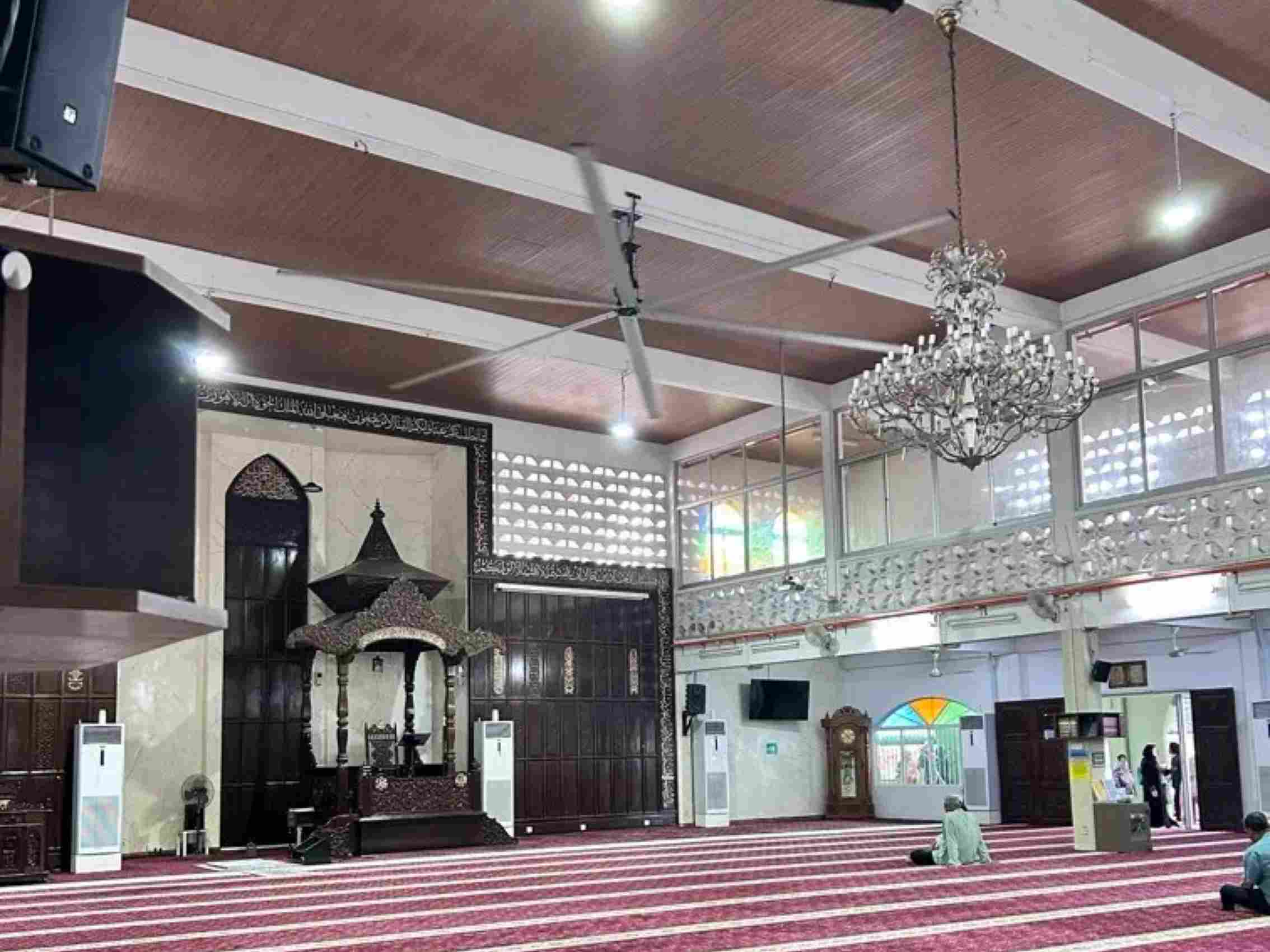Cooling Methods For Industrial Workshops
Cooling methods for industrial workshops are diverse worldwide. Below are the primary commonly used cooling modes:
1. Evaporative Air Coolers (Eco-friendly Air Conditioners)
Evaporative air coolers lower air temperature through water evaporation, offering energy-efficient and eco-friendly cooling.
- Features: Low power consumption, significant cooling effect; suitable for open or semi-open workshop environments.
- Applications: Widely used in textile and machinery processing workshops requiring large-area cooling.
- Reference: According to a Sohu report, workshop cooling fans use large blades and wet curtains to produce cool air, expelling hot air from the workshop and drawing in fresh, low-temperature air for rapid cooling.
2. Fan Systems
Including negative pressure fans and large industrial ceiling fans, these systems enhance airflow to reduce workshop temperatures.
- Features: Low investment cost, easy to operate and maintain; suitable for workshops requiring enhanced ventilation.
- Applications: Ideal for high-temperature and humid environments, such as casting and forging workshops.
- Reference: A NetEase article highlights that negative pressure fans and large industrial ceiling fans create natural ventilation systems, effectively increasing air exchange in workshops.
3. Central Air Conditioning Systems
These systems achieve large-scale and precise temperature control through refrigerant cycles.
- Features: Excellent cooling performance and precise temperature control, though energy-intensive with high initial costs.
- Applications: Suitable for workshops requiring strict temperature and humidity control, such as electronics manufacturing and pharmaceutical industries.
- Reference: As noted by the Teyishu website, traditional workshop cooling methods primarily rely on central air conditioning. However, energy consumption is high, and performance may not meet expectations during hot summers.
4. Water Curtain Cooling Systems
These systems utilize water curtains to absorb heat through evaporation, combined with fans for cooling.
- Features: Effective cooling for high-temperature and high-humidity environments, though it may increase air humidity.
- Applications: Commonly used in textiles and livestock farming, where large-area cooling is needed.
- Reference: Guangdong Taichang Company highlights that water curtain cooling systems are widely used for ventilation and cooling in industrial buildings, effectively reducing indoor temperatures.
5. Insulation Coatings
Applying insulating materials to roofs and walls minimizes heat transfer from the external environment.
- Features: Reduces indoor temperatures, decreases air conditioning load, and saves energy.
- Applications: Suitable for all types of industrial buildings, especially metal structures.
- Reference: Teyishu Waterborne Paint notes that during hot summers, buildings absorb heat more quickly. Using insulation coatings can effectively reduce heat transfer into the interior.
Choosing the Right Cooling Mode
Select an appropriate cooling method based on the workshop's specific requirements, such as area, production processes, and budget, for optimal results.
 New Year Holiday Notice
New Year Holiday Notice
 Large Ceiling Fans: The Soluti
Large Ceiling Fans: The Soluti
 Enhancing Public Comfort with
Enhancing Public Comfort with
 Fall Prevention Measures for L
Fall Prevention Measures for L
